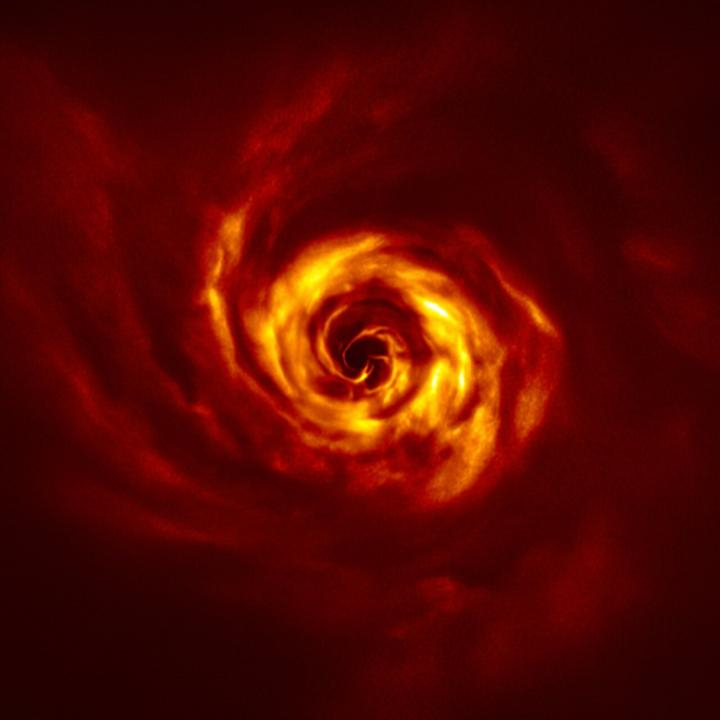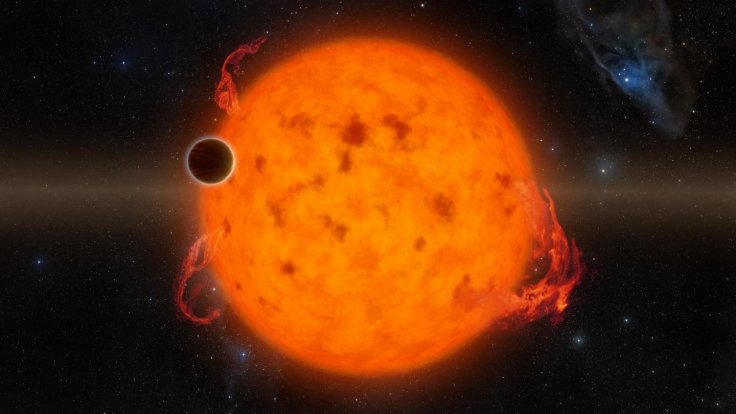Astronomers believe they have captured the first photographic evidence of a planet being born near a star. If a new planet forms around the star, it could provide astronomers with the rare opportunity to observe how exoplanets are born.
The astronomers made their discovery using the European Southern Observatory's Very Large Telescope located in Chile. Their findings were presented in a new paper published in the journal Astronomy and Astrophysics.

Observing AB Aurigae
As the astronomers were observing the universe, they came across a young star known as AB Aurigae, which is located about 520 light-years from Earth. While gazing at the star, they noticed that a dense cloud of dust and gas has formed around it.
The astronomers then discovered that the thick cloud contains a spiral cosmic structure that has a twisting feature in the center. For the astronomers, the formation of the swirling cloud around AB Aurigae could indicate that a new planet is about to be born.
Planet Formation Around AB Aurigae
Through their study, the astronomers explained that as a new planet begins to take shape while orbiting the star, its rotating motion causes the gas and dust surrounding AB Aurigae to swirl around. The twisting feature within the spiral structure was most likely caused by the swirling motions of the cosmic materials around the star.
"The twist is expected from some theoretical models of planet formation," Anne Dutrey of the Astrophysics Laboratory of Bordeaux in France and co-author of the study explained in a statement. "It corresponds to the connection of two spirals -- one winding inwards of the planet's orbit, the other expanding outwards -- which join at the planet location. They allow gas and dust from the disc to accrete onto the forming planet and make it grow."

Observing The Birth Of Exoplanets
As noted by the astronomers, their discovery could add a new aspect to the study of exoplanets. Although numerous exoplanets from different star systems have already been identified and studied, observing how one forms is still very rare.
"Thousands of exoplanets have been identified so far, but little is known about how they form," the study's lead author Anthony Boccaletti of the Laboratory for Space Science and Astrophysical Instrumentation in France stated.









